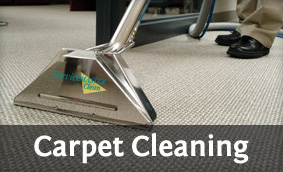Dealing with Moldy Furniture
TULSA -- Mold cleanup and remediation is a big part of what we do at ServiceMaster by Ike. Not only do we have to deal with the occasional torrential rainstorm or cracked sewer main like the rest of the US, but we also happen to live in a very tornado prone area, so we quite often see several kinds of water damage. This means that, we've become professionals at dealing with mold. Here's our best advice:
Upholstered Furniture
Simply just toss it away. It’s extremely difficult to get a couch or other upholstered furniture dry enough to prevent mold from growing, and there's no way to remove dead spores from a polystyrene cushion that won't trigger asthma symptoms or allergies when people sit in them.
Wood Furniture
You can attempt to handle this yourself or you can take it to an expert, but either one uses the same basic process: cleaning of the entire piece, ensure its functionality, and if necessary strip the old finish and refinish it. If it's not worth that level of effort or expense, it's easier to replace it than pay the expenses to repair it. But if you do decide to go down the 'repair' route, remember to always wear a mask. Depending on the type of mold you’re dealing with, some may not be harmful and some may be toxic, when not knowing what type mold you are dealing with, it's best not to take any risks and ensure your safety.
The first step in dealing with mold on wood is to wash it with a solution of bleach and water (1 parts bleach, 3 parts water). This mixture will kill off the mold. Then place the item in a warm and dry location and let it sit for roughly a week. Investigate the item carefully and if there are no major discolorations, you should be able to give it a classic oil-and-wax treatment to have a perfectly good piece of furniture restored from mold. Otherwise, you're may have to refinish the item or or replace it as a whole.










